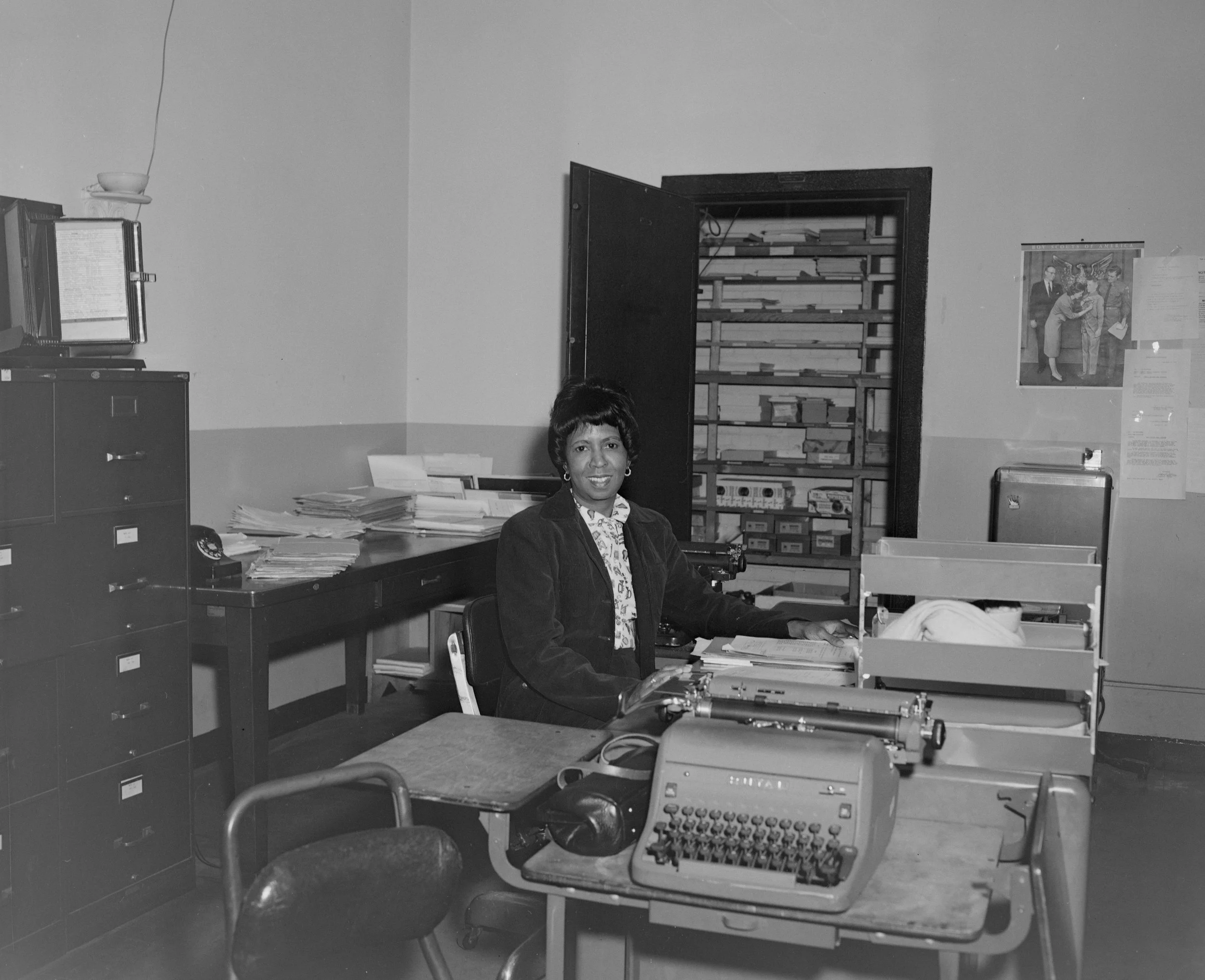When Is It Proofreading and Not Something Else?
Written by Allie Boman
You've invested a lot of time, energy, and brainpower into writing important information, and now you're unsure whether it's time to ask for proofreading or editing. What exactly is proofreading, and how is it different from editing? Let’s clear this up by understanding the meaning of proofreading and familiarizing ourselves with common proofreading marks.
Two simple questions to ask:
Has the content already been copyedited for accuracy, clarity, and consistency?
Is it in its final layout?
Photo by Becomes Co
If you answered "yes" to either of these, your document might be ready for proofreading!
In the olden days, proofs were kind of like prototypes. Printers would handset each letter and run a test copy of the publication (known as a galley proof) to see how it looked. Once they fixed their own issues with the finicky little letters, they would have someone read the proof to look for any errors—such as spelling, punctuation, or leaving words out—that slipped in during the typesetting process. I imagine the proofreader and typesetter were often frenemies.
Nowadays, people use the term proofreading pretty loosely, but professionally, it still relates to its original purpose. Whether you're helping out a friend, hiring someone to proofread, or being hired to proofread, agreeing on a definition ahead of time will help keep things amicable.
Photo by Boston Public Library
What exactly is proofreading?
Proofreading is preparing your final draft for publication—the very last step before publishing or posting online.
It's best done in the document’s final form, typically in PDF format, to avoid disrupting carefully planned layouts. Changing too much at this stage can cause delays and additional costs.
You know your document is ready for proofreading when:
The author doesn't plan any further content changes.
The document looks exactly how it will when published.
Types of changes proofreaders make:
Correcting spelling and punctuation
Verifying proper nouns (book titles, organizations, individual names)
Resolving inconsistencies (e.g., Mrs. Smith vs. Dr. Smith)
Ensuring style adherence based on style guides
Reviewing titles, headers, page numbers
Checking for widows, orphans, and other layout issues
Verifying legibility and resolution
Checking reference formatting
What proofreading is not:
Improving awkward phrasing
Rearranging paragraphs or sentences for flow
Reducing repetitive text to fit word/page counts
Cleaning up tables or figures
Cross-checking citations or renumbering endnotes
Knowing these boundaries ensures proofreading remains precise, efficient, and valuable. Proofreaders provide that final professional polish and peace of mind before your content meets the world.
Photo by Ron Lach
Goofy gaffes our proofreaders recently caught:
A slogan repeatedly calling people "reserachers" instead of "researchers"
A program accidentally described as "neutering" students instead of "nurturing"
Sections from a competitor’s proposal mistakenly left in a client's document
Remember, proofreading isn’t editing—it’s the crucial, final step that protects your professionalism and credibility.
If you're ready to ensure your document is polished and publication-ready, our professional proofreading services can help. Contact us today to learn how we can assist in perfecting your content.




